
The roof is a home’s first and foremost level of protection against the elements – sunlight, rain, hail, snow and wind – but it usually is the last thing a homeowner thinks about. Also, much of what they think they know about roofs turns out to be myths that keep getting passed around. Some homeowners might only purchase one or two new roofs in their lifetimes. Making a poor decision on an important part of your home can lead to all kinds of problems like moisture problems, unnecessarily high energy bills or structural damage. With that in mind, Remedy Roofing is here to set the record straight and explain the truth behind the following common roofing misconceptions:
Myth 1: New Roofing Materials Can Simply Be Placed Over the Current Roofing System
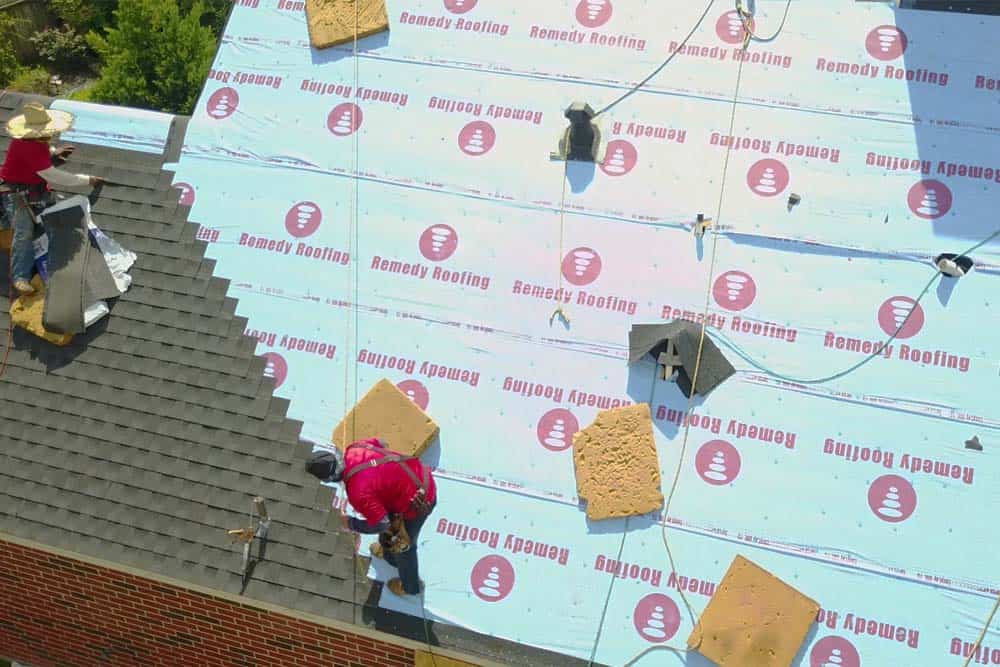
There are many building codes that say this is acceptable. The fact is, though, if the old shingles aren’t removed, there is no way to examine the condition of the sheathing underneath. This means the new roofing materials are likely to experience the same damage down the road.
Think of shingles as the skin of an apple. Ever bite into that bright red skin only to get a mouthful of a soft, bruised, mushy interior?
Underneath shingles is a layer of wood sheathing (usually plywood). Sheathing can rot due to leaks, inadequate attic ventilation or just age. The recommended way to inspect this critical layer is to strip away the old shingles.
Myth 2: All Asphalt Shingles Are The Same
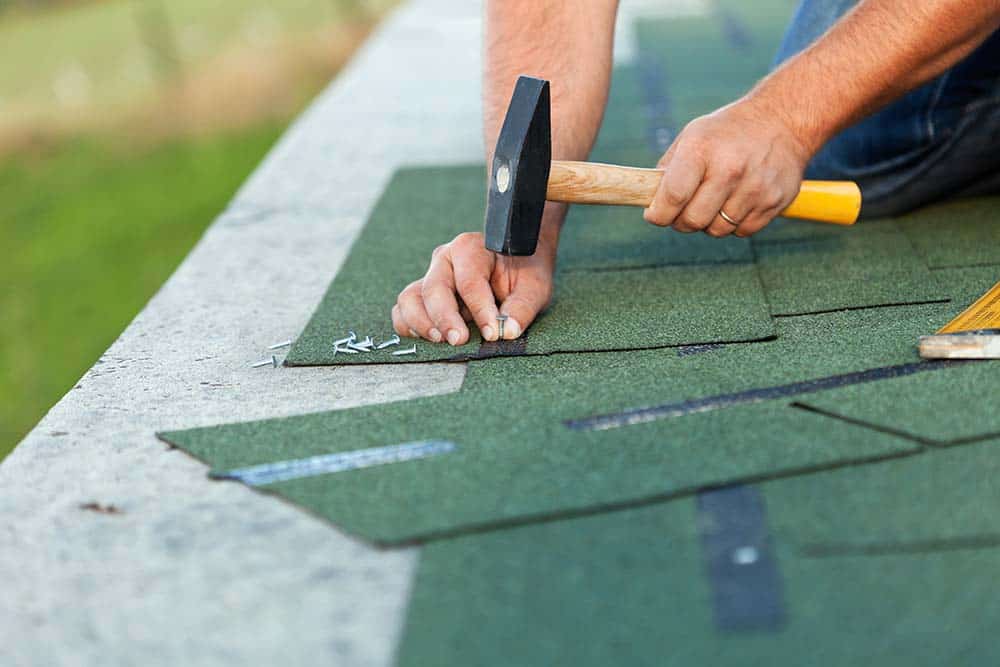
Today’s laminated and fiberglass-reinforced products are better than ever and are the result of a lot of industry experience and research. Shingles are rated for durability – some are warranted to last 50 years –and extreme wind resistance up to 130 mph. Leading roof system manufacturers, such as GAF and CertainTeed, even offer limited lifetime warranties.
Some shingles are made to combat specific problems. For example, in humid areas some roofs, over time, can show black mold. Algae-resistant shingles are designed to overcome this problem and contain embedded granules of zinc and copper. When these materials encounter roof water, they turn into natural algaecides. Other shingles are manufactured to look like wood shakes or slate tiles.
Myth 3: Flashing Needs To Be Replaced Only When A New Roof Is Being Installed
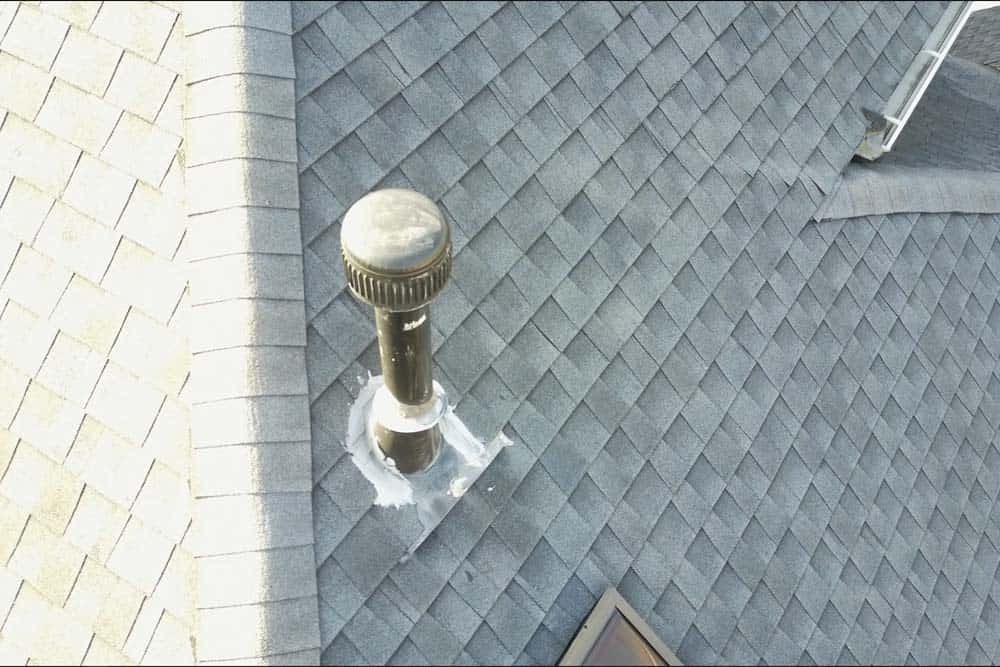
Flashing, the metal material fabricated to divert water away from vents, pipes and other roof openings, including chimneys, is its own, separate animal. The common belief is that it’s strong enough to withstand wear and tear for years, so there’s no need to waste time and money on new flashing material until a roof replacement is necessary.
Fact is, that it can lay in place for years and can protect even longer than other components of the roof. Or it can fail in months and otherwise ruin a perfectly sound roofing installation.
Flashing has a crucial job: It keeps water from entering roof openings. As a rule, Remedy Roofing recommends that you should have your flashing checked every six months. An experienced roof expert will look for dried caulking or sealant, cracked or broken flashing pieces and damaged shingles in contact with the flashing.
Myth 4: Attic Insulation Always Saves Energy And Helps Roof Performance
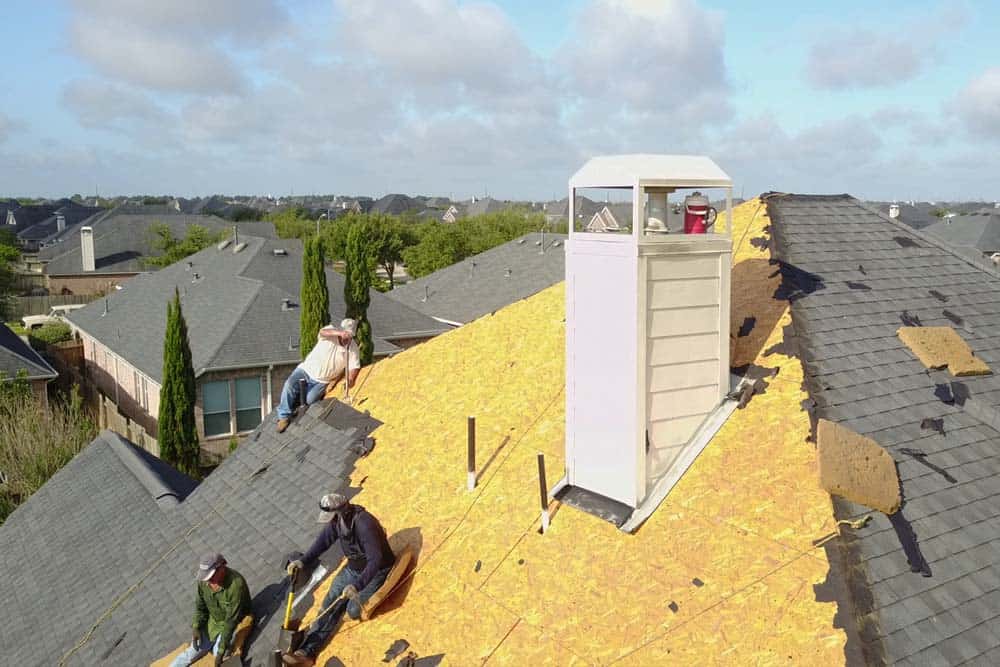
Adding more than the required insulation can block ventilation openings at the soffits and eaves and might trap moisture. Trapped moisture can warp and rot sheathing from the attic interior and can be a source for mold. There is a special relationship between insulation and ventilation – simply adding more and more insulation does not solve the problem. Insulation is rated by thermal resistance, called R-value, which indicates the resistance to heat flow. The higher the R-value, the greater the insulating effectiveness. Determining existing R-value is based on the type of insulation and its thickness. Increasing the R-value with another layer of fiberglass would seem to be logical. However, adding insulation can vary the temperature at the wall, possibly creating condensation inside the attic. Proper ventilation eliminates moisture buildup and maintains steady attic temperatures, in both cold and warm seasons. Ventilation devices, including fans, vents, louvers and ridge venting, are rated in square inches for net free area (NFA). Signs of inadequate ventilation are ice-damming, mold on the underside of the sheathing and excessive frost accumulation on the roof deck or in the attic.
Myth 5: Gutters Don’t Have An Impact On Roof Performance
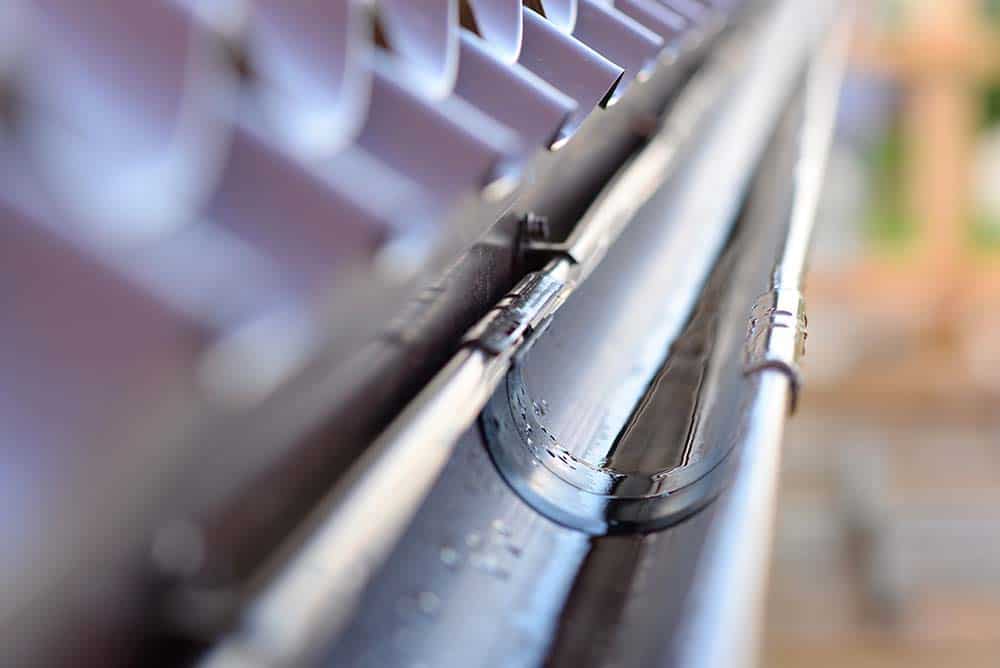
Gutters are sometimes mistakenly viewed as an entirely separate system from the roof and aren’t given as much care and attention as they deserve. Gutters actually play a vital part in keeping a structure free from water damage. Not tending to them properly can create issues with the roof in no time.
A roof is designed to divert water from your home. The gutters are the final piece in this puzzle: they prevent water from dripping down exterior walls and move it from the foundation. This is the reason why many roofing installations can include new gutters and downspouts.
As a rule of thumb, clean gutters of debris, sediment and leaves on a regular basis. Repairing damaged runs might be as easy as tapping in a few gutter spikes with a hammer or reattaching downspouts with a riveting tool. Clogged and sagging gutters can cause leaks behind exterior walls and contribute to ice-damming. Over an extended period, a faulty gutter system can rot away fascia boards, soffits and the sheathing at the roof’s edge.
Myth 6: Roof Inspections Aren’t Necessary Unless Damage Is Evident
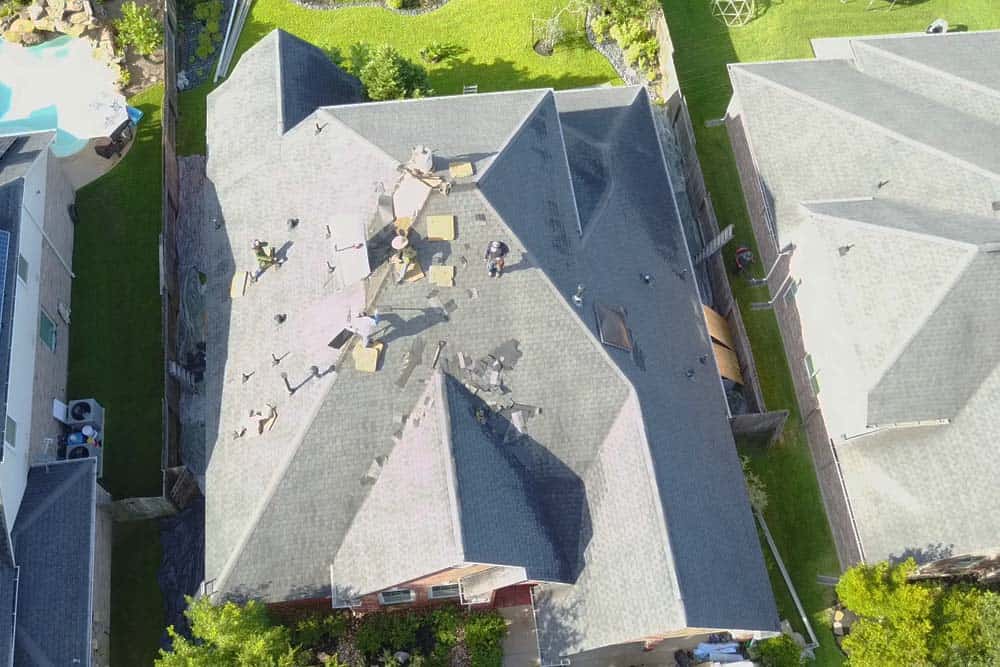
The key to a long-lasting roof system is prevention. Therefore, if there is already sufficient damage done before calling for a roof inspection, the chances of needing extensive repairs or a replacement increase considerably. Professional inspections will help you detect potential or minor problems before they become a major headache.
Unfortunately, believing these myths has led to numerous home owners having to deal with serious and costly damages to their roofing systems. If you’re in need of a roof inspection or repair services, contact Remedy Roofing at 1-888-424-5776. You can also use our web form to schedule a roof replacement, repair, or maintenance service appointment.
